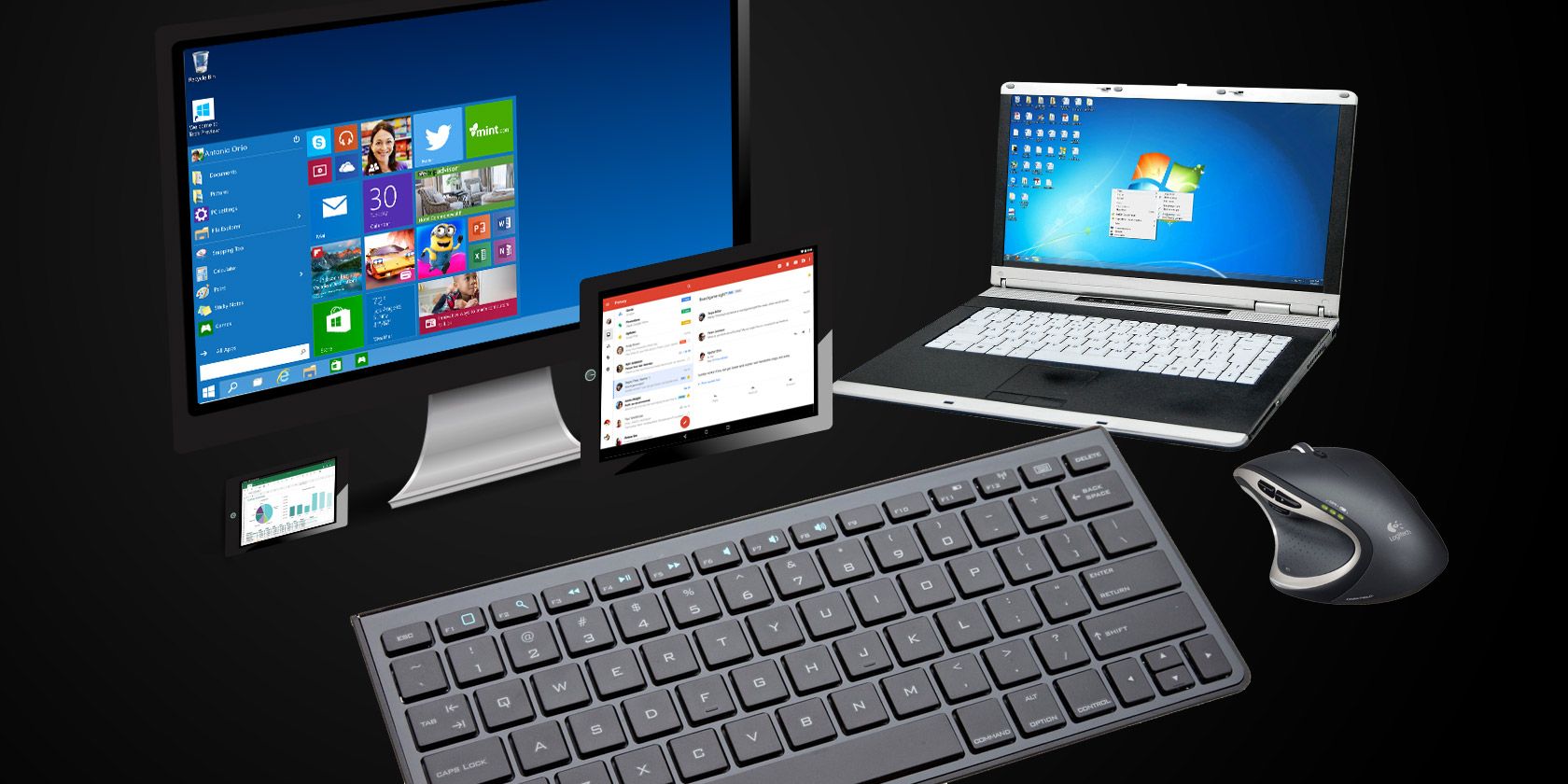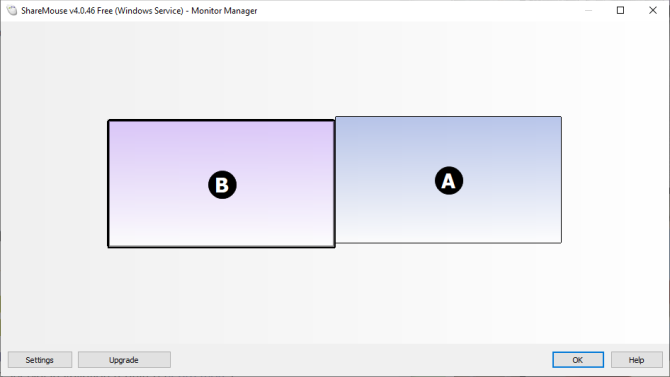
Using an extra monitor for work is a fantastic productivity boost. No more split-screen action between Microsoft Word and Chrome. No more having to prioritize which window goes on top. A multi-monitor setup also looks cool, plus you can use the extra screen as a media display when not in use.
If you don’t have an extra monitor but have an extra laptop, you can repurpose the laptop as a sort of second screen. Here’s how you can use your laptop as an external monitor!
How Can You Use a Laptop as a Monitor?
Multi-monitor systems are relatively common. You’ll see them everywhere. Your doctor might use a second monitor for notes, and another for diagnoses. Using a second monitor can boost your productivity by giving you the extra screen real estate you need.
Creating a multi-monitor setup with a laptop is a one-way process. It’s likely your laptop only features an outgoing VGA, DVI, or HDMI cable. You can plug a monitor in and use the laptop on both screens. Perfect, right?
What about if you don’t have the right cable? In that situation, you need to use a KVM switch. A KVM switch is a physical switch you can turn to switch your system to another network. For instance, back in the day, you might have had to turn a switch to connect your system to a printer.
To use your laptop as a second monitor, you need KVM software. You install the software on your desktop and your laptop, and the local network creates a bridge of types between both devices. You can control your desktop and your laptop from a single keyboard and mouse, turning your laptop into a second monitor.
Using KVM Software for a Second Monitor
Two of the biggest reasons for using more than one monitor are working space and frustration with the split-screen. Several applications let you easily share your mouse and keyboard between laptop and desktop.
Note that you cannot drag-and-drop an active window across KVM software. It just doesn’t work like that. However, some tools let you drag-and-drop a file to open on the laptop you use as a second screen. It isn’t quite the same, but it is better than nothing and often faster than using a cloud drive (and especially a USB flash drive).
1. Input Director

Input Director is a handy free virtual KVM program. The installation package gives you the option of being the Master (Server) or the Slave (Client). Run the Master installer on your primary system, and the Slave installer on your laptop.
Once installed, you can configure the location of the laptop you are using a second screen in relation to your primary monitor. You can add the Slave using its network IP address, or the hostname provided in each Input Director window.
Input Director has some neat features, including Cursor Wraparound which lets you take your cursor off of any screen to another (rather than running in parallel).
Download: Input Director for Windows (Free)
2. ShareMouse

ShareMouse is one of the simplest, but also best virtual KVM tools to turn your laptop into a second monitor. ShareMouse is full of decent features, coming with shared clipboards, drag and drop file sharing, and an interactive monitor manager. You can also set your unused monitor to fade when you’re not using it. It makes it easy to keep track of which screen you’re using, as well as saving power on your laptop.
ShareMouse is free for Non-Commercial Personal Use. But you are limited to a maximum of two monitors. Or, you can register for professional use, granting you up-to 19 networked monitors/systems, encryption, and a handful of other tools for $49.95.
Download: ShareMouse for Windows | macOS (Free)
3. Synergy

I used Synergy for a long time until switching to ShareMouse. Still, Synergy remains an excellent open source virtual KVM tool. It is well suited to turning your laptop into a second monitor, featuring drag and drop file sharing, shared clipboard, and encryption.
Synergy isn’t free. It comes in two flavors; a Basic version for $29, and a Pro version for $39. The basic version has seen a steep rise in price in recent years (from $10 to $29), and the Pro version has jumped up, too. Synergy developer, Symless, is also working on Synergy 2, so that could explain the price jump.
One cool Synergy feature is that you can install it on your Raspberry Pi and use it as a central controller for every system attached to your network. Synergy is also available for an extensive range of operating systems, as you will see below.
Download: Synergy for Windows (64-bit) | Windows (32-bit) | macOS | Ubuntu (64-bit) | Debian (64-bit) | Red Hat & Fedora (64-bit) | Raspbian
4. Mouse Without Borders

Mouse Without Borders is a workspace unification application developed by The Garage. The Garage is an internal Microsoft development team that employees can use to incubate and build personal ideas into real-world projects. The Garage has overseen some fantastic projects, including the Microsoft Launcher for Android, the Microsoft Health Bot Service, and Eye Control for Windows 10.
As well as these projects, you can use Mouse Without Borders, a virtual KVM tool that “makes you the captain of your computer fleet.”
In typical Microsoft fashion, Mouse without Borders uses a system of codes to connect your systems, also displaying the network adapter you’re connecting through. It also comes complete with drag-and-drop file sharing, and a useful Clipboard feature.
Download: Mouse Without Borders for Windows (Free)
Can You Use a Laptop as an External Monitor?
You can use a laptop as an external monitor… of sorts. I know, I know. It isn’t like being able to drag-and-drop an active window into a second monitor. However, using a virtual KVM is easily one of the next best things. You can make much more efficient and productive use of your laptop as a second monitor using one of these tools. So, why not give them a try?
Furthermore, here are steps to creating the perfect multi-monitor setup.
Read the full article: How to Use Your Laptop Like an External Monitor
from MakeUseOf https://ift.tt/2N5VAFn
via IFTTT
0 comments:
Post a Comment